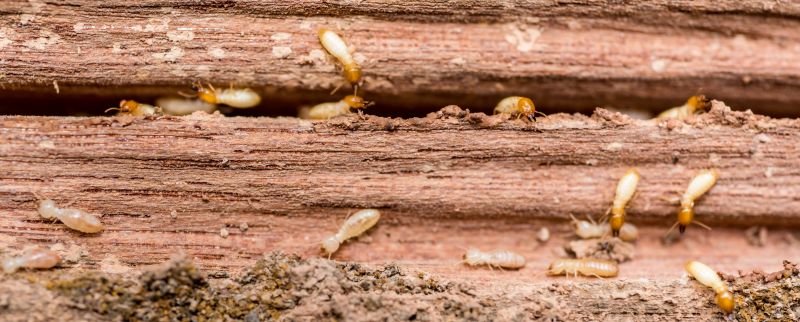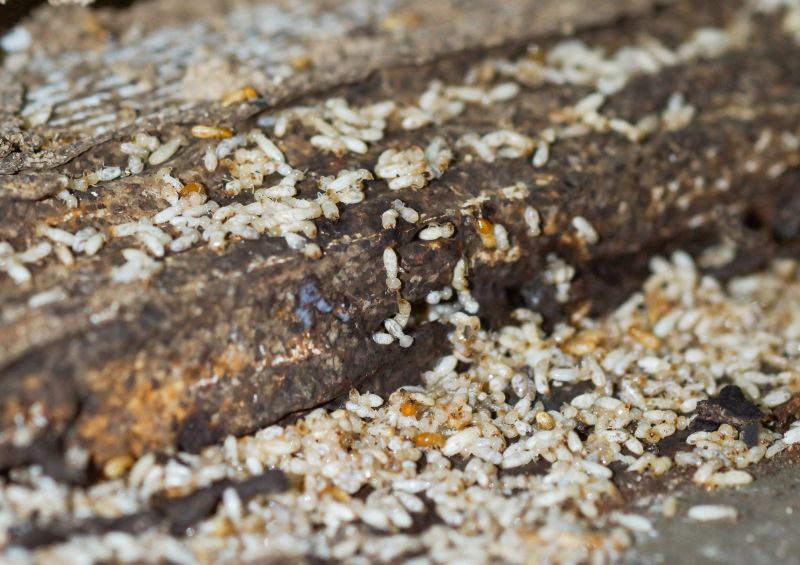Optimal Timing for Termite Repairs
Termite repairs are most effective when performed during periods of low termite activity, typically in cooler or drier seasons. This allows treatment methods to penetrate affected areas more thoroughly and reduces the risk of reinfestation. Timing repairs during these periods can also minimize disruption and enhance the longevity of the treatment.
Late fall and winter often see reduced termite activity, making these ideal times for repairs and treatments.
Warm, humid conditions increase termite activity, suggesting repairs should be scheduled during cooler months for better results.
Detecting termites early allows for timely repairs, ideally before peak activity seasons.
Less activity means treatments are more effective, and property disruption is minimized.

Ways to make Termite Repairs work in tight or awkward layouts.

Popular materials for Termite Repairs and why they hold up over time.

Simple add-ons that improve Termite Repairs without blowing the budget.

High-end options that actually feel worth it for Termite Repairs.

Finishes and colors that play nicely with Termite Repairs.

Little measurements that prevent headaches on Termite Repairs day.

A 60-second routine that keeps Termite Repairs looking new.

A frequent mistake in Termite Repairs and how to dodge it.
| Season | Advantages |
|---|---|
| Spring | Increased activity, less ideal for repairs |
| Summer | High activity, risk of reinfestation |
| Fall | Lower activity, good for repairs |
| Winter | Minimal activity, optimal for repairs |
| Late Fall | Best time for effective repairs |



